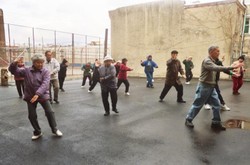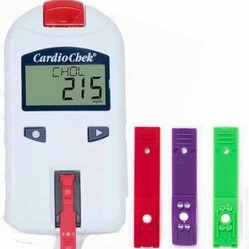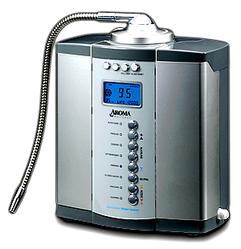It is well-known that physical activity can lower the risk for some non-communicable medical conditions such as coronary heart disease and diabetes mellitus. Even when a person does not meet the guidelines, there is benefit that one obtains from any effort to become physically active [2].
There is, of course, risk in the performance of physical activity, and one must visit a physician beforehand to ensure that there are no medical contraindications. This is especially true for middle age and elderly individuals; however, adolescents and young adults need an opinion as well in order to exclude the possibility of heart defects.
Also, when one begins the sessions, he or she must start on a limited basis and gradually increase over a period of several days or weeks [2].




 The Reality of Aspirinon 05/24/2021
The Reality of Aspirinon 05/24/2021
 An Old Microbeon 03/31/2021
An Old Microbeon 03/31/2021
 Coronavirus and Mental Illnesson 02/14/2021
Coronavirus and Mental Illnesson 02/14/2021
 Acute Ischemic Strokeon 12/25/2020
Acute Ischemic Strokeon 12/25/2020


Comments